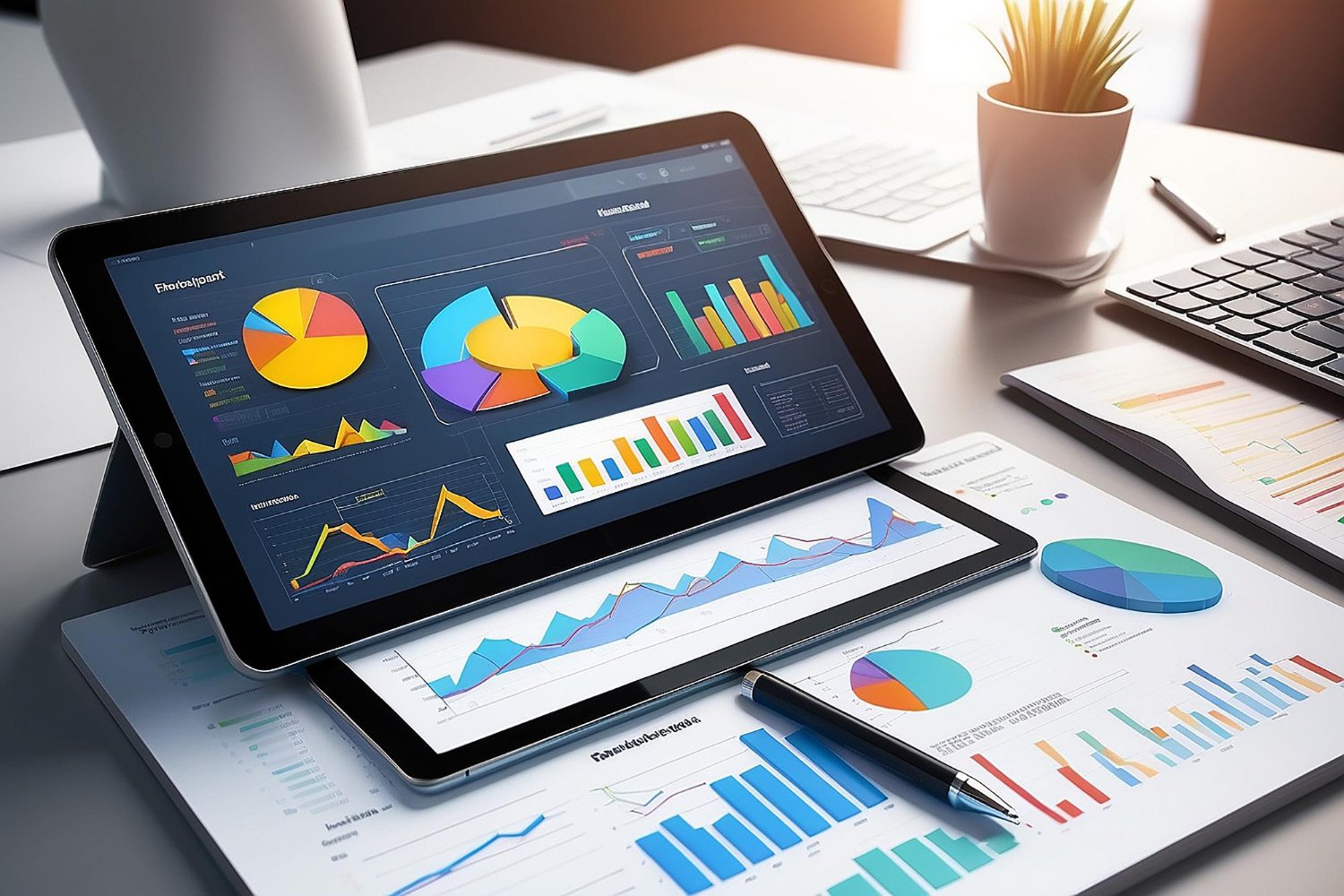
What is Data Analysis?
Types of Data Analysis
Practical Applications of Data Analysis Types
Importance and Impact of Data Analysis
We live in the information age, where the amount of data generated every moment is unimaginable. From clicks on an e-commerce site to signals emitted by IoT (Internet of Things) devices, we are constantly producing vast amounts of data.
In this context, data analysis emerges as a vital discipline capable of transforming this vast ocean of information into actionable and strategic insights. Data analysis not only drives innovation and efficiency but also has the potential to solve complex, large-scale problems, promoting significant advances across various sectors.
What is Data Analysis?
Data analysis is an interdisciplinary field that combines statistical methods, machine learning techniques, data visualization tools, and domain-specific knowledge to examine raw data to extract meaningful information.
The process involves several stages, including data collection, cleaning, exploration, modeling, and interpretation. Each of these stages is crucial to ensure that the insights obtained are accurate, relevant, and useful.
Types of Data Analysis
Data analysis can be categorized into different types, each with specific methods and objectives. Understanding these types is essential to choose the most appropriate approach for a specific problem or question.
The main types of data analysis include: descriptive analysis, diagnostic analysis, predictive analysis, and prescriptive analysis.

Descriptive Analysis:
Descriptive analysis is the first step in data analysis and aims to summarize and describe the main features of the data. This type of analysis helps to understand what has happened in the past or what is currently happening. Common techniques include descriptive statistics (such as means, medians, and standard deviations), charts, and tables.
For example, a company can use descriptive analysis to evaluate sales performance in the last quarter, visualizing data through bar charts and histograms that show sales distribution by region or product.
Diagnostic Analysis:
Diagnostic analysis goes beyond descriptive analysis, seeking to identify the underlying causes of observed events or patterns. This analysis answers the question "why did this happen?". Tools such as correlation analysis, regression analysis, and drill-down are frequently used.
For example, if a company notices a drop in sales, diagnostic analysis can be used to investigate whether this decline is related to factors such as changes in consumer behavior, increased competition, or supply chain issues.
Predictive Analysis:
Predictive analysis uses statistical models and machine learning algorithms to forecast future trends and outcomes based on historical and current data. This type of analysis answers the question "what is likely to happen?". Techniques such as linear regression, decision trees, neural networks, and time series analysis are commonly employed.
For example, an e-commerce company can use predictive analysis to forecast which products will be in high demand next month, allowing for better inventory planning and more targeted marketing strategies.
Prescriptive Analysis:
Prescriptive analysis goes beyond predictive analysis by recommending actions or strategies to achieve a specific goal or solve a problem. It answers the question "what should we do?". This analysis often uses optimization, simulation, and advanced machine learning algorithms to suggest the best course of action.
For example, a logistics company can use prescriptive analysis to optimize delivery routes, reducing costs and improving efficiency. In healthcare, it can help personalize treatments for patients based on their medical history and previous treatment responses.
Practical Applications of Data Analysis Types
- Business: Companies use descriptive analysis to monitor performance and KPIs, diagnostic analysis to understand the reasons behind performance variations, predictive analysis to anticipate demand, and prescriptive analysis to optimize processes and strategies.
- Healthcare: Healthcare institutions employ descriptive analysis to monitor patient data, diagnostic analysis to understand causes of outbreaks or treatment failures, predictive analysis to forecast epidemics and personalize treatments, and prescriptive analysis to improve resource management and intervention planning.
- Finance: Financial analysts use descriptive analysis to report financial results, diagnostic analysis to investigate budget deviations, predictive analysis to forecast market trends, and prescriptive analysis to develop optimized investment strategies.
Importance and Impact of Data Analysis
Therefore, data analysis is an indispensable tool in the digital age, offering a wide range of methods and techniques to transform raw data into valuable insights. Understanding and applying the different types of analysis – descriptive, diagnostic, predictive, and prescriptive – enables organizations across all sectors to significantly improve decision-making, drive innovation, and optimize operations.
Integrating these various forms of data analysis allows for a holistic and detailed view, ensuring that each decision is based on accurate and relevant information. In the future, with the continuous advancement of technologies and the exponential increase in the amount of data generated, the importance of data analysis is only set to grow. Professionals skilled in data analysis will become increasingly essential to explore the full potential of data, transforming it into a powerful strategic resource and competitive differentiator.
Contact us so that the Data & Analytics team at NCS Consulting can help your organization make the most of its data.
Our expertise spans from data collection and cleaning to the application of advanced modeling and analysis techniques, offering customized solutions to meet your specific needs.
Leave Your Comment Here